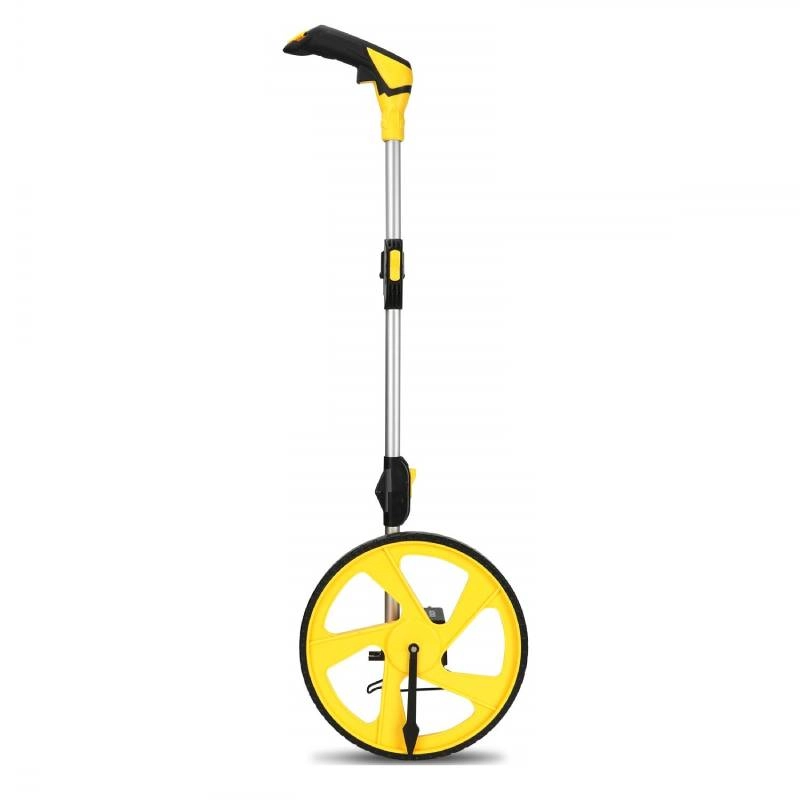
-
 Afrikaans
Afrikaans -
 Albanian
Albanian -
 Amharic
Amharic -
 Arabic
Arabic -
 Armenian
Armenian -
 Azerbaijani
Azerbaijani -
 Basque
Basque -
 Belarusian
Belarusian -
 Bengali
Bengali -
 Bosnian
Bosnian -
 Bulgarian
Bulgarian -
 Catalan
Catalan -
 Cebuano
Cebuano -
 Corsican
Corsican -
 Croatian
Croatian -
 Czech
Czech -
 Danish
Danish -
 Dutch
Dutch -
 English
English -
 Esperanto
Esperanto -
 Estonian
Estonian -
 Finnish
Finnish -
 French
French -
 Frisian
Frisian -
 Galician
Galician -
 Georgian
Georgian -
 German
German -
 Greek
Greek -
 Gujarati
Gujarati -
 Haitian Creole
Haitian Creole -
 hausa
hausa -
 hawaiian
hawaiian -
 Hebrew
Hebrew -
 Hindi
Hindi -
 Miao
Miao -
 Hungarian
Hungarian -
 Icelandic
Icelandic -
 igbo
igbo -
 Indonesian
Indonesian -
 irish
irish -
 Italian
Italian -
 Japanese
Japanese -
 Javanese
Javanese -
 Kannada
Kannada -
 kazakh
kazakh -
 Khmer
Khmer -
 Rwandese
Rwandese -
 Korean
Korean -
 Kurdish
Kurdish -
 Kyrgyz
Kyrgyz -
 Lao
Lao -
 Latin
Latin -
 Latvian
Latvian -
 Lithuanian
Lithuanian -
 Luxembourgish
Luxembourgish -
 Macedonian
Macedonian -
 Malgashi
Malgashi -
 Malay
Malay -
 Malayalam
Malayalam -
 Maltese
Maltese -
 Maori
Maori -
 Marathi
Marathi -
 Mongolian
Mongolian -
 Myanmar
Myanmar -
 Nepali
Nepali -
 Norwegian
Norwegian -
 Norwegian
Norwegian -
 Occitan
Occitan -
 Pashto
Pashto -
 Persian
Persian -
 Polish
Polish -
 Portuguese
Portuguese -
 Punjabi
Punjabi -
 Romanian
Romanian -
 Russian
Russian -
 Samoan
Samoan -
 Scottish Gaelic
Scottish Gaelic -
 Serbian
Serbian -
 Sesotho
Sesotho -
 Shona
Shona -
 Sindhi
Sindhi -
 Sinhala
Sinhala -
 Slovak
Slovak -
 Slovenian
Slovenian -
 Somali
Somali -
 Spanish
Spanish -
 Sundanese
Sundanese -
 Swahili
Swahili -
 Swedish
Swedish -
 Tagalog
Tagalog -
 Tajik
Tajik -
 Tamil
Tamil -
 Tatar
Tatar -
 Telugu
Telugu -
 Thai
Thai -
 Turkish
Turkish -
 Turkmen
Turkmen -
 Ukrainian
Ukrainian -
 Urdu
Urdu -
 Uighur
Uighur -
 Uzbek
Uzbek -
 Vietnamese
Vietnamese -
 Welsh
Welsh -
 Bantu
Bantu -
 Yiddish
Yiddish -
 Yoruba
Yoruba -
 Zulu
Zulu


Nov . 19, 2024 22:22 Back to list
chain block for lifting
Chain Block for Lifting An Essential Tool in Material Handling
In the realm of industrial lifting, efficiency and safety are paramount. One of the most indispensable tools that have emerged to simplify and enhance the lifting processes is the chain block. A chain block, also known as a chain hoist, is a versatile mechanical device designed to lift heavy loads with minimal effort. This article explores the features, applications, and advantages of using chain blocks in various lifting scenarios.
Chain Block for Lifting An Essential Tool in Material Handling
One of the key benefits of chain blocks is their capacity. They are available in various models, capable of lifting anywhere from a few hundred kilograms to several tons. This versatility makes them suitable for a wide range of applications, from lifting heavy machinery to hoisting construction materials. Additionally, chain blocks can be used in vertical or horizontal lifts, making them ideal for both horizontal and vertical material handling tasks.
chain block for lifting

Safety is another critical aspect of using chain blocks. These devices are equipped with safety features such as overload protection and automatic brake systems. The chain and hook are constructed from high-strength materials to ensure durability and reliability during operation. However, it is essential that operators receive proper training on the correct use of chain blocks to prevent accidents and ensure safe lifting practices.
In terms of maintenance, chain blocks are relatively easy to care for. Regular inspection and lubrication of the chain and moving parts are essential to prolong the lifespan of the device and ensure it operates smoothly. By adhering to maintenance schedules and promptly addressing any signs of wear and tear, operators can significantly reduce the risk of malfunction.
Moreover, chain blocks stand out due to their cost-effectiveness. Compared to other lifting devices like electric hoists or cranes, chain blocks are generally more affordable and require less investment in terms of installation and maintenance. This makes them an attractive option for small businesses and DIY enthusiasts looking to undertake lifting tasks without breaking the bank.
In conclusion, the chain block is a crucial tool in the lifting and material handling industry. Its efficiency, safety features, versatility, and affordability make it an ideal choice for a wide variety of applications. As industries continue to evolve, the chain block remains a reliable solution for lifting heavy loads while ensuring both safety and operational effectiveness. Whether in construction, manufacturing, or logistics, the chain block is a vital asset that contributes to smoother, safer, and more efficient workflows.
Latest news
What Are Construction Tools and How Are They Used?
NewsJul.11,2025
Professional-Grade Duct Rodding Tools for Superior Cable Installation
NewsJul.11,2025
Enhancing Safety and Efficiency with Modern Hot Stick Solutions
NewsJul.11,2025
Empowering Cable Installation with Advanced Rodder Solutions
NewsJul.11,2025
Elevate Your Cable Installation Projects with Cable Pulling Tools
NewsJul.11,2025
Efficient Cable Handling Solutions: Cable Rollers for Sale
NewsJul.11,2025











